-
The Found Boat by Alice Munro Short Story Analysis
Short story “The Found Boat” by Alice Munro can be found in Munro’s 1974 collection Something I’ve Been Meaning To Tell You.
-
The Wreck of the Zephyr by Chris Van Allsburg
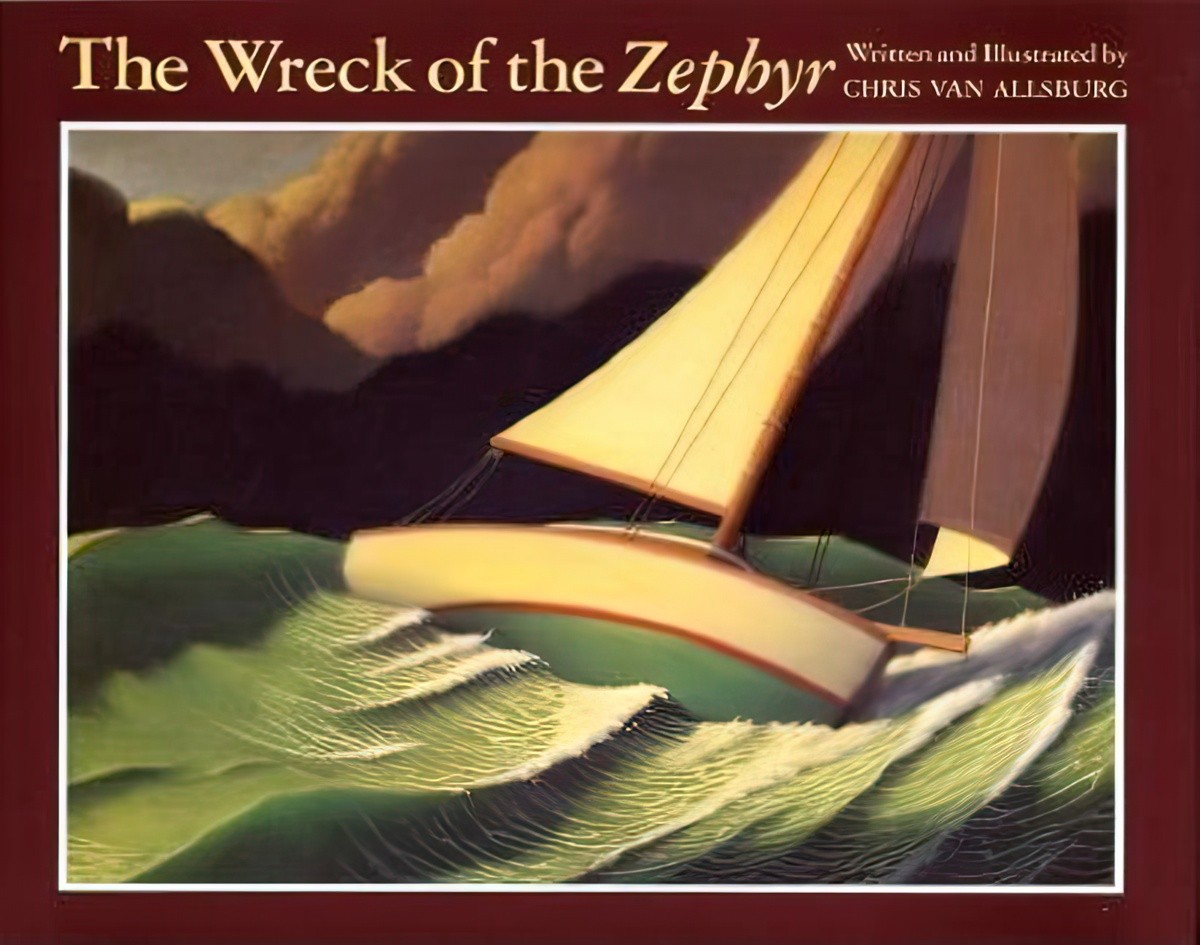
The Wreck of the Zephyr is a postmodern, surreal 1983 picture book by American writer and illustrator Chris Van Allsburg. You’ve probably heard of Jumanji and The Polar Express, which have been adapted for film. The Garden of Abdul Gasazi was his first. The Stranger features a season personified. The Widow’s Broom is a creepy-ass […]
-
Eloise by Kay Thompson and Hilary Knight
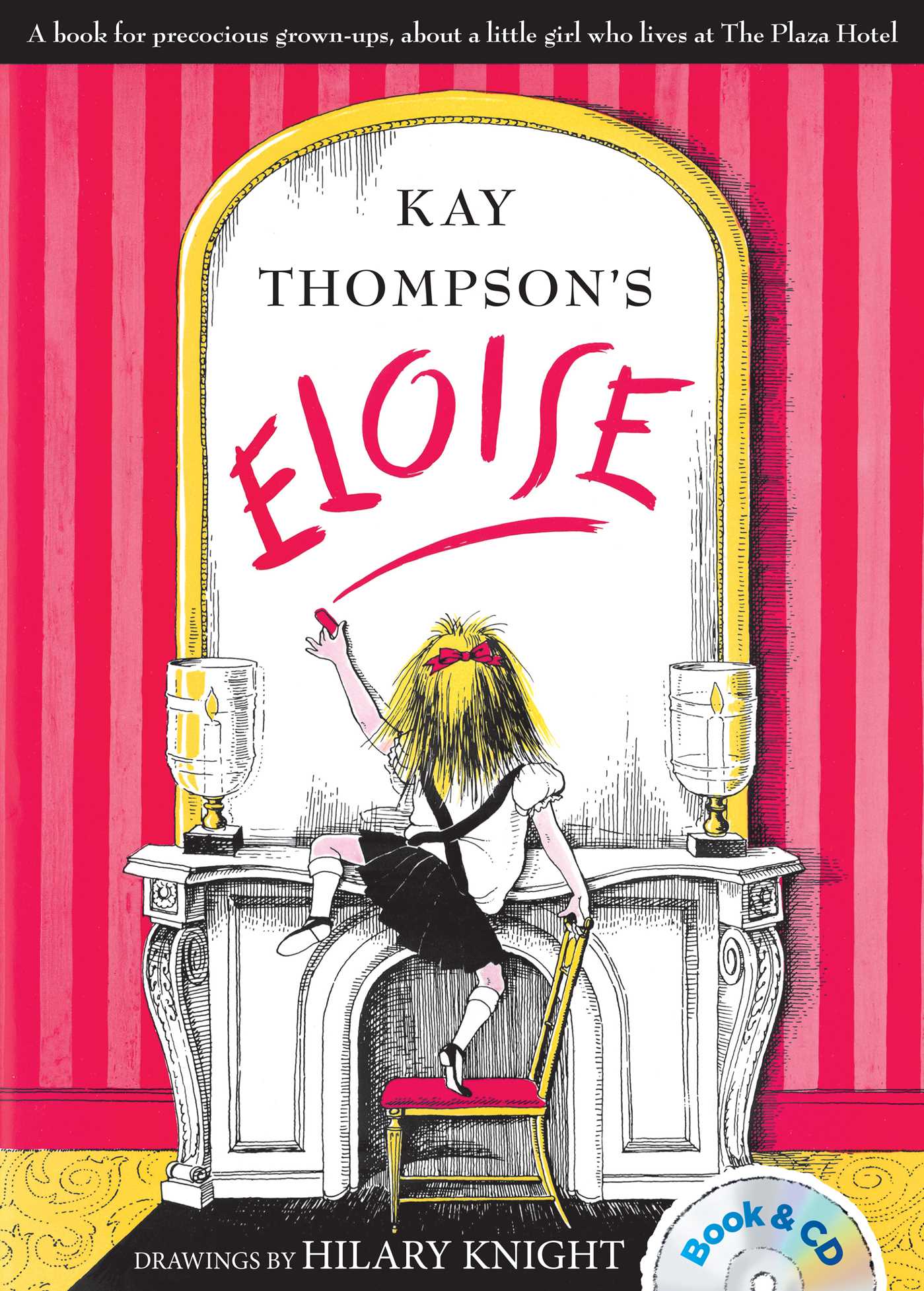
Eloise is a classic 1955 picture book written by Kay Thompson, illustrated by Hilary Knight. Writer Kay Thompson (1909–1998) was also a composer, musician, actress and singer. Illustrator Hilary Knight was born in Hempstead, Long Island, New York, in 1926.
-
Carnivalesque Plot Type: Visitors Who Outstay Their Welcome
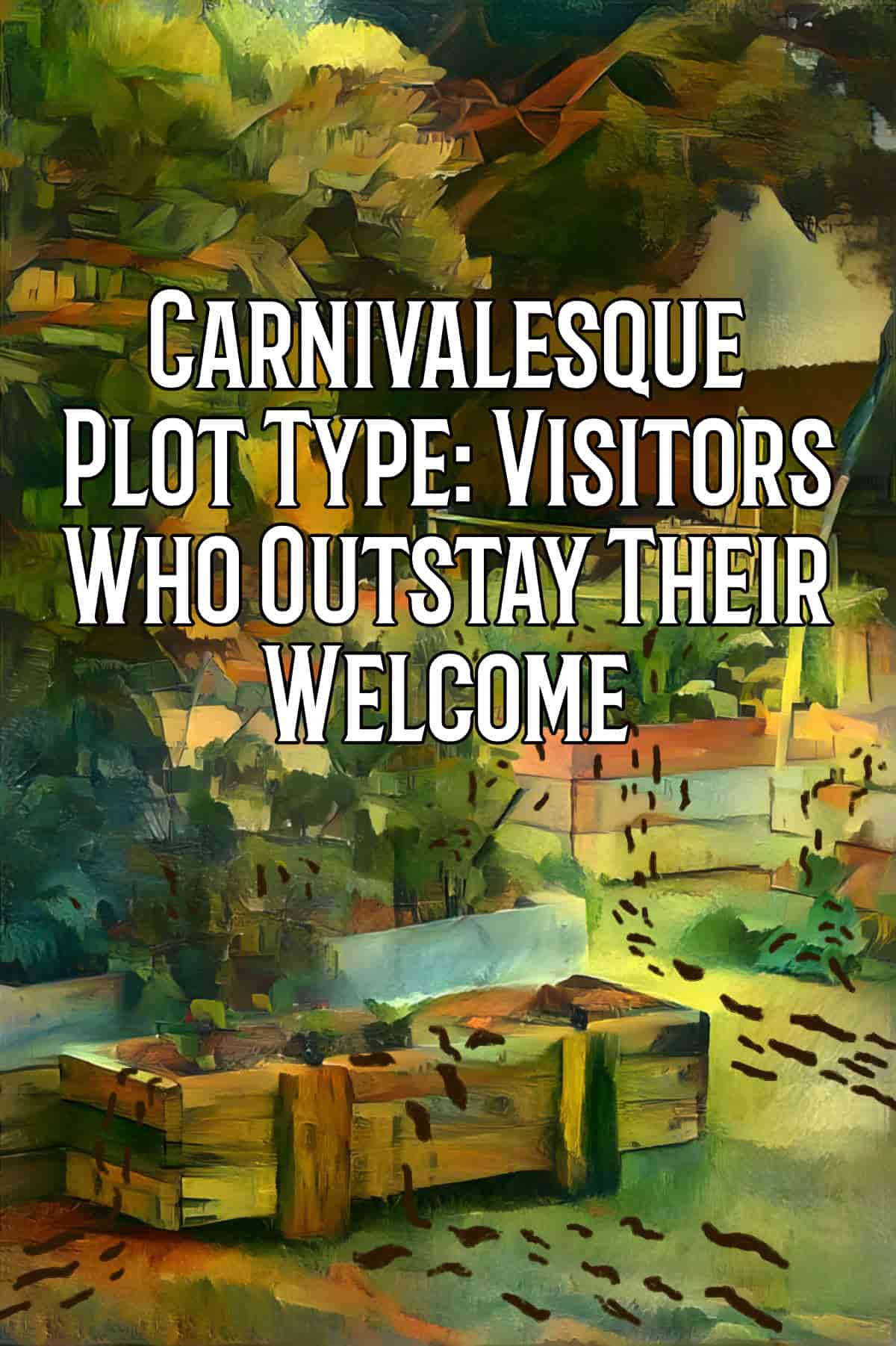
Something feels different about some stories made for children. Not all of them. Just some. Take The Cat In The Hat or The Tiger Who Came To Tea. It’s not easy to find stories for adults with a similar blueprint. In these children’s stories, a visitor arrives in a child’s house and makes merry mischief. The child has heaps of…
-
Afternoon in Linen by Shirley Jackson Short Story Analysis
Kristen Roupenian joins Deborah Treisman to read and discuss “Afternoon in Linen,” by Shirley Jackson, which appeared in a 1943 issue of the New Yorker magazine. I count this story as a perfect example of the dark carnivalesque.
-
The Little Crooked House by Wild and Bentley Picture Book Analysis
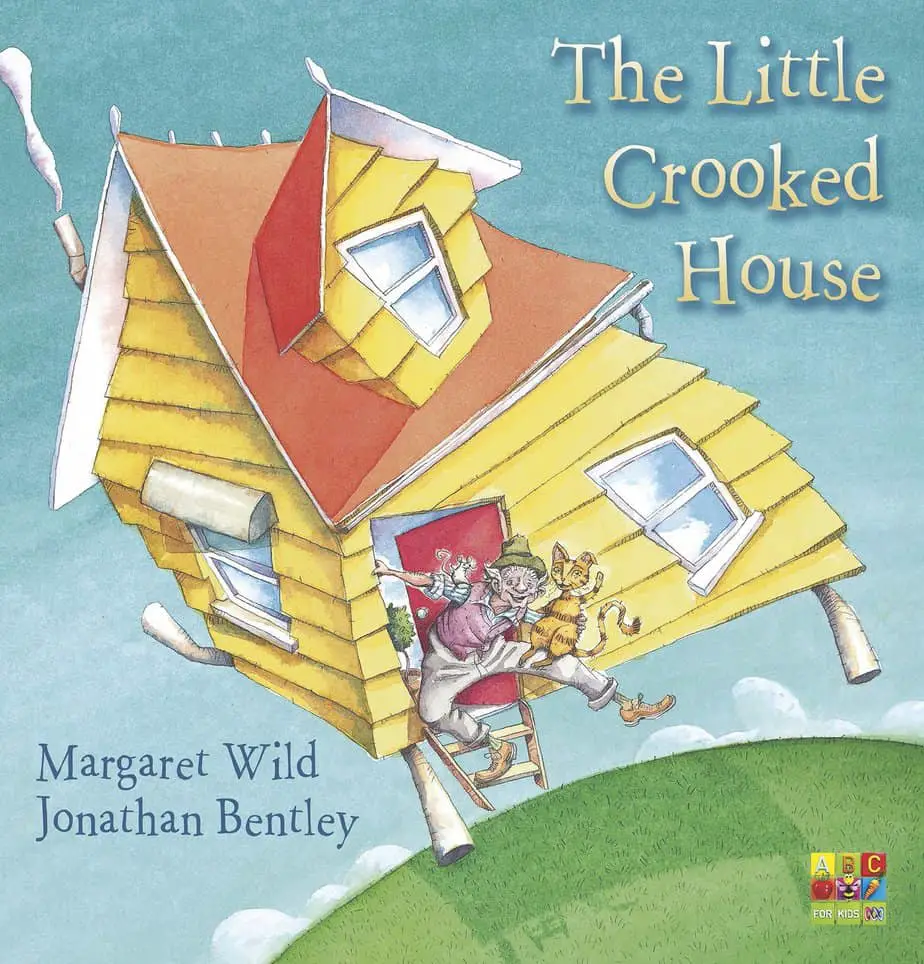
The Little Crooked House (2005) is an Australian picture book written by Margaret Wild and illustrated by Jonathan Bentley who, coincidentally, has the perfect name for this story, gotta say.
-
A Woggle of Witches by Adrienne Adams Analysis
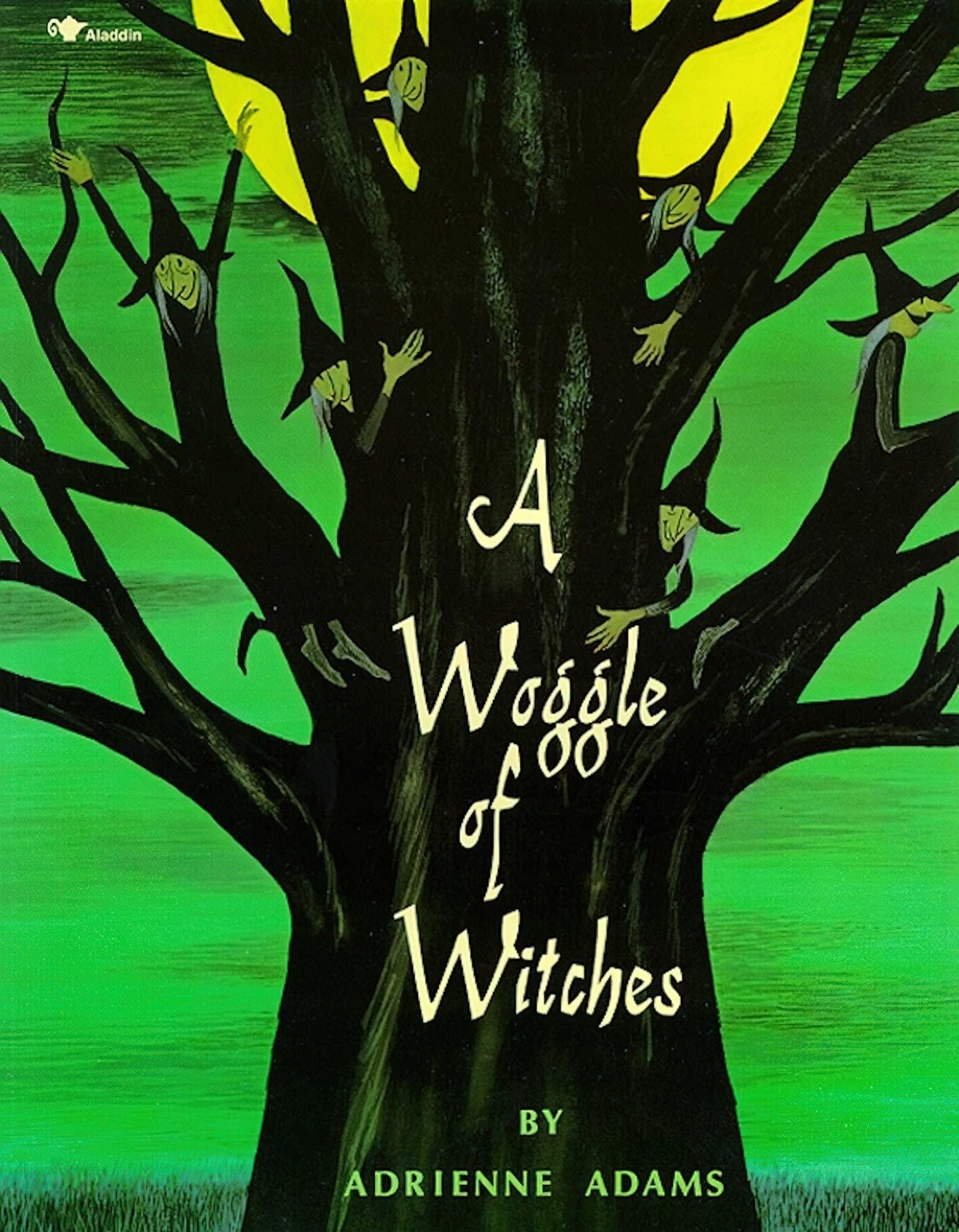
A Woggle of Witches is a picture book written and illustrated by American storyteller Adrienne (“Dean”) Adams in 1971. In total, Adams wrote six of her own books; mostly they illustrated for other writers. Adrienne Adams was a prolific illustrator through the 1960s and beyond, and a two-time winner of a Caldecott Medal (1960 and […]
-
Come Away From The Water, Shirley by John Burningham 1977 Analysis
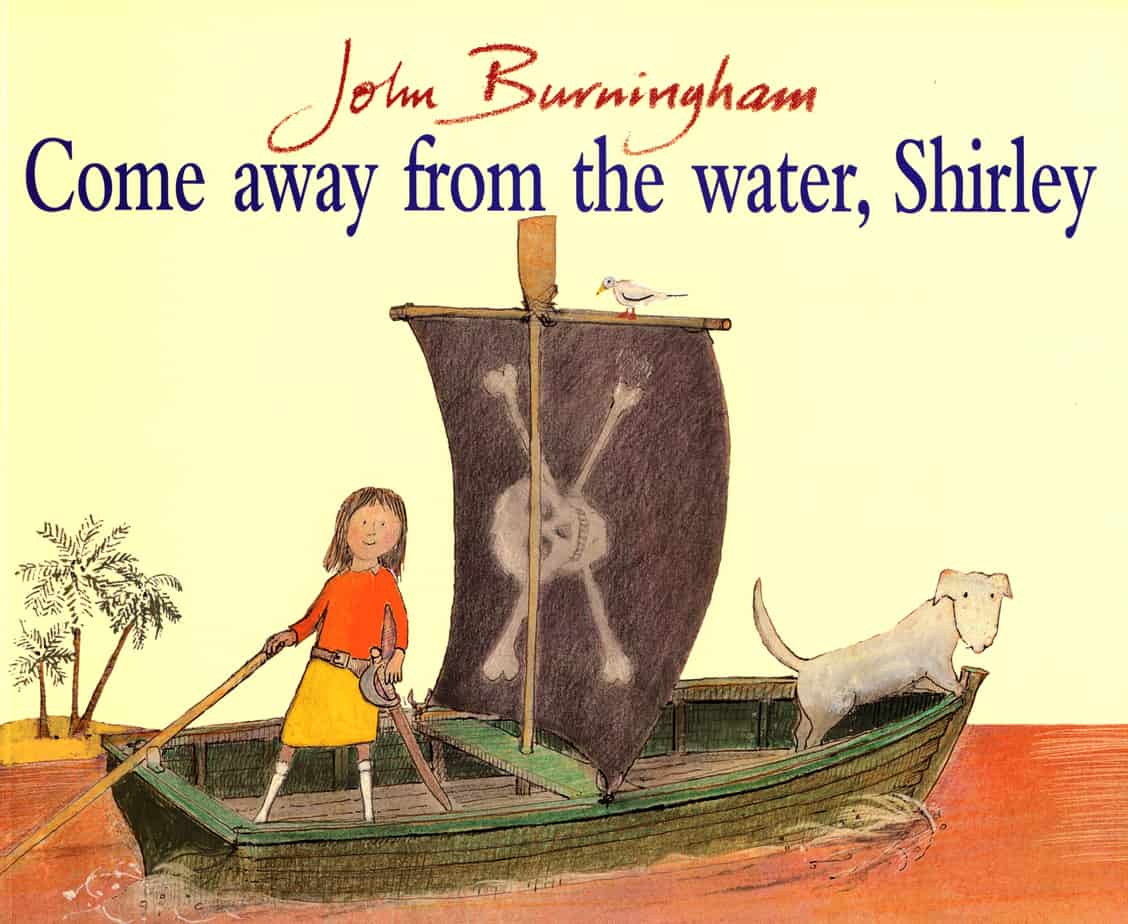
Come Away From The Water, Shirley is a 1977 picture book written and illustrated by British storyteller, John Burningham. A number of adult readers talk about the “two different stories” going on in this book.
-
How To Make Friends With A Ghost by Rebecca Green Picture Book Analysis
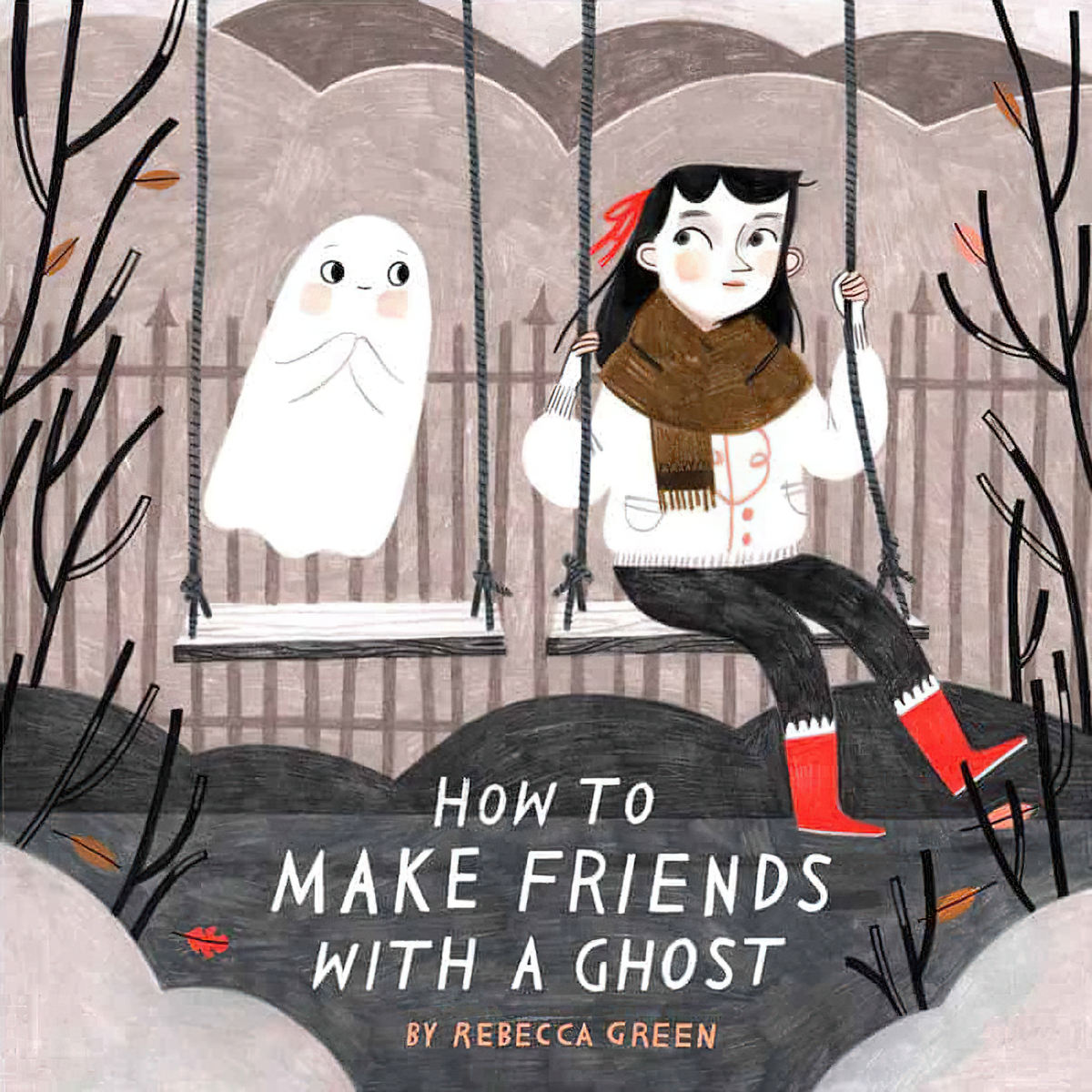
How To Make Friends With A Ghost is a 2017 picture book written and illustrated by Rebecca Green. This cosy supernatural story is written as a non-fictional how-to guide and because this book deals with supernatural subject matter, covertly teaches how to be a good friend.
-
Frog Goes to Dinner by Mercer Mayer 1974 Analysis
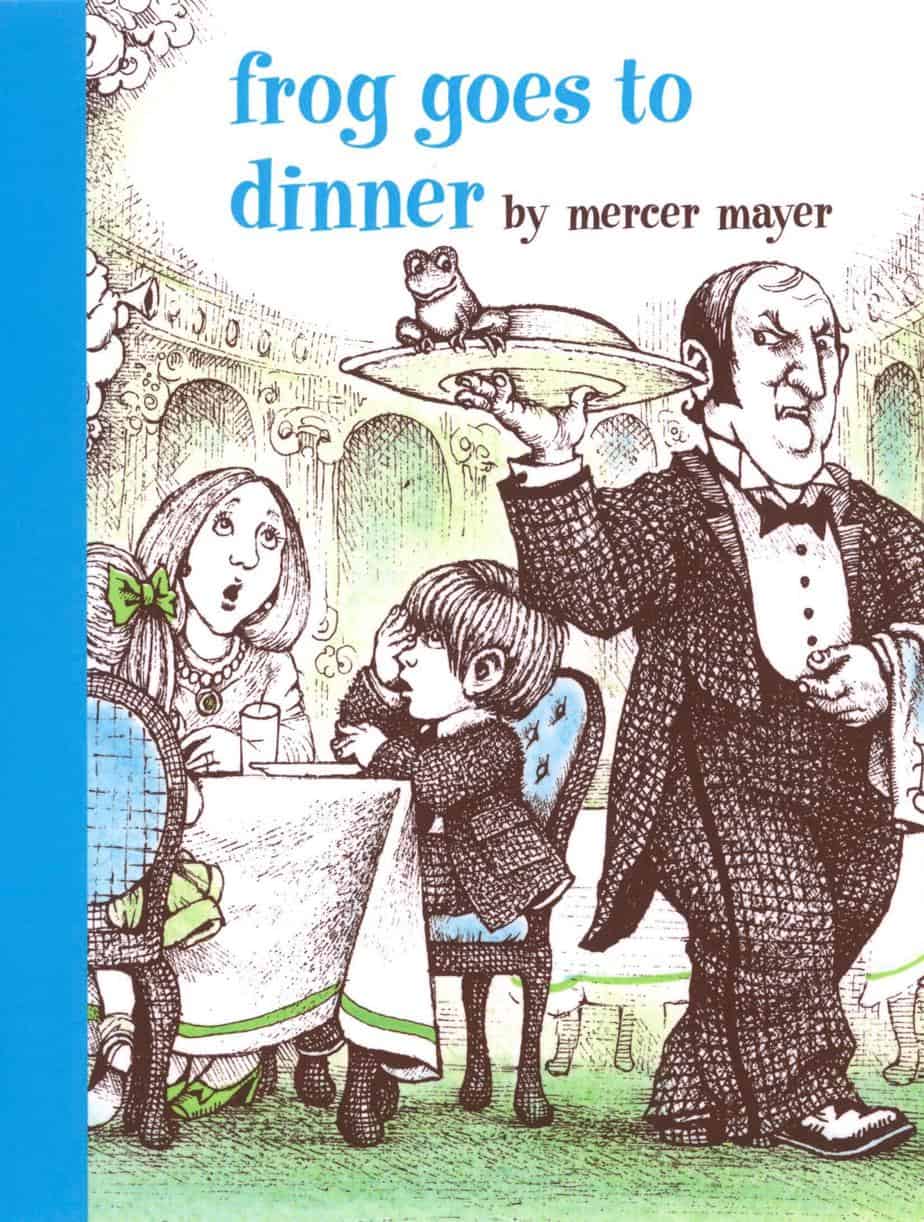
Frog Goes To Dinner (1974) is a wordless carnivalesque picture book by American author/illustrator Mercer Mayer, and the fifth in a series about a boy and his beloved frog. Wordless picture books are perhaps the most emotionally affecting, because they work with us at a deeper level. Frog Goes To Dinner works on an emotional […]
-
The Harlequin and The Circus

Why is the triangle/diamond/lozenge shape associated with the circus? For the answer, we need to go back more than 500 years.
-
The Day Jimmy’s Boa Ate the Wash by Hakes Noble and Kellogg Analysis

The Day Jimmy’s Boa Ate the Wash (1980) is a carnivalesque, cumulative picture book written by Trinka Hakes Noble and illustrated by Steven Kellogg. This picture book is a great mentor text for the way it handles dialogue visually, and also for the way the ironic distance between text and image expands at the end, […]
-
Mercy Watson To The Rescue by DiCamillo and Van Dusen
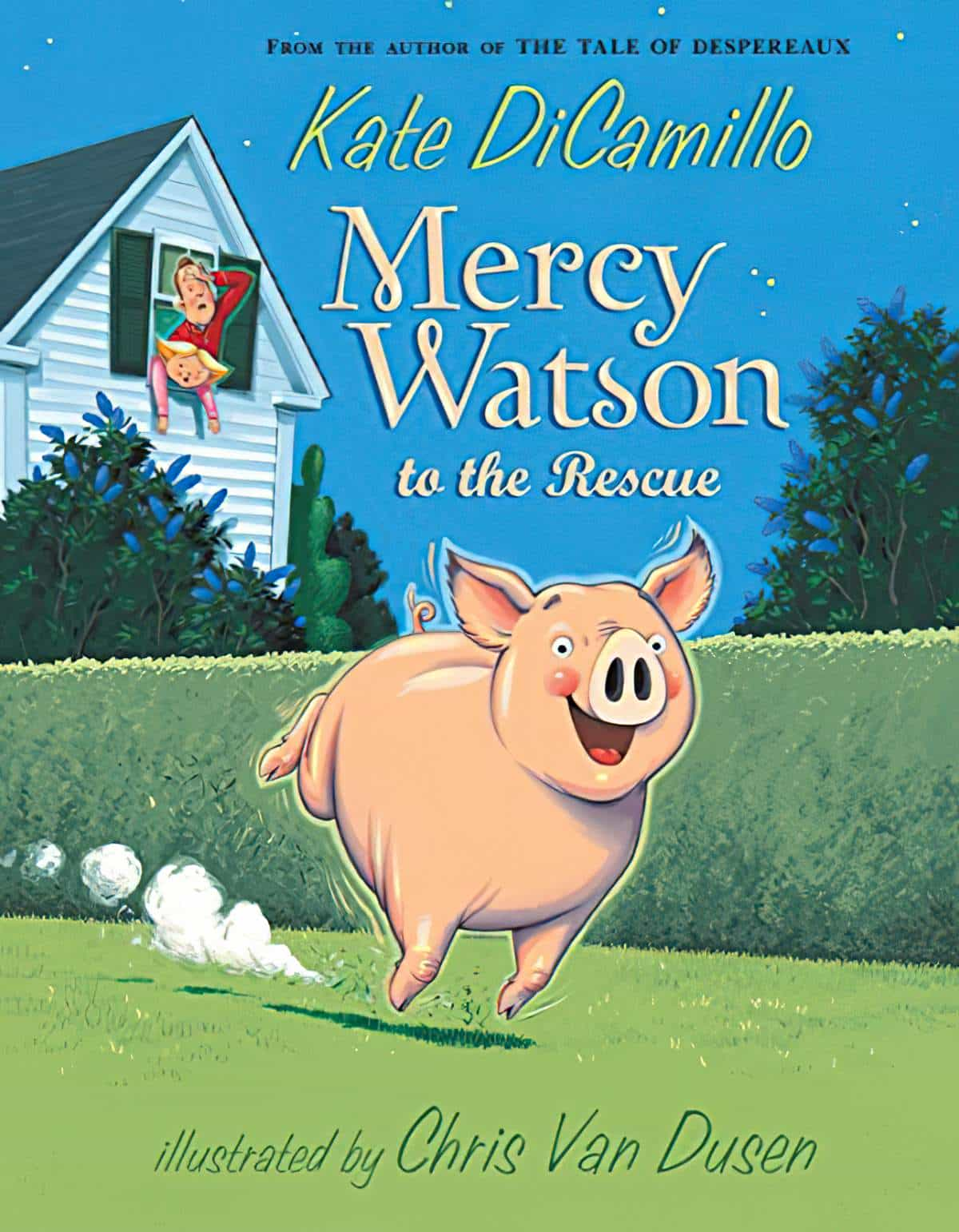
Mercy Watson To The Rescue (2005) is a picture book divided into chapters for the emergent reader, written by Kate DiCamillo, illustrated by Chris Van Dusen.
-
Mister Magnolia by Quentin Blake Analysis
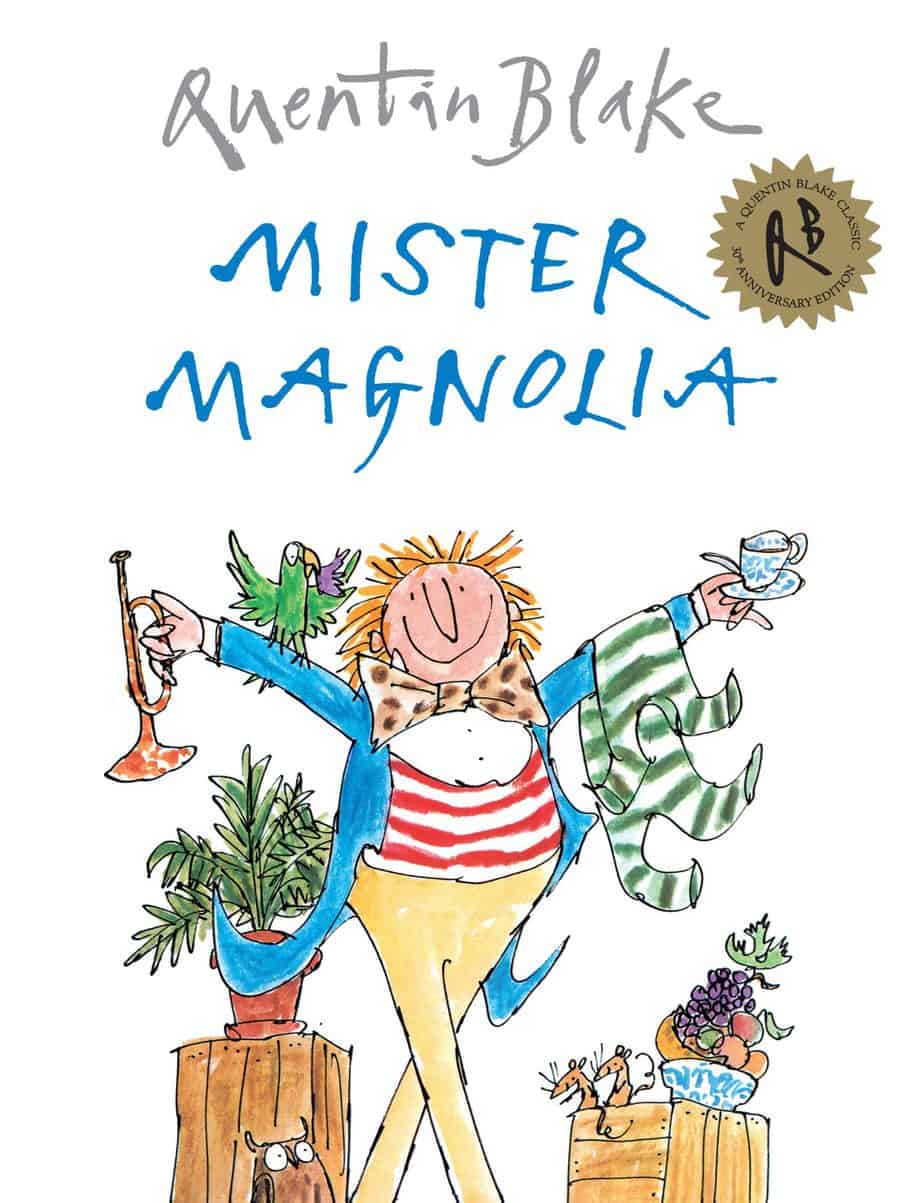
Mister Magnolia is a picture book written and illustrated by Sir Quentin Blake. It won the Kate Greenaway Medal in 1980, and the Red House Children’s Book Award in 1981. This story is an excellent lesson in simplicity.
-
Umbrellas In Art And Storytelling
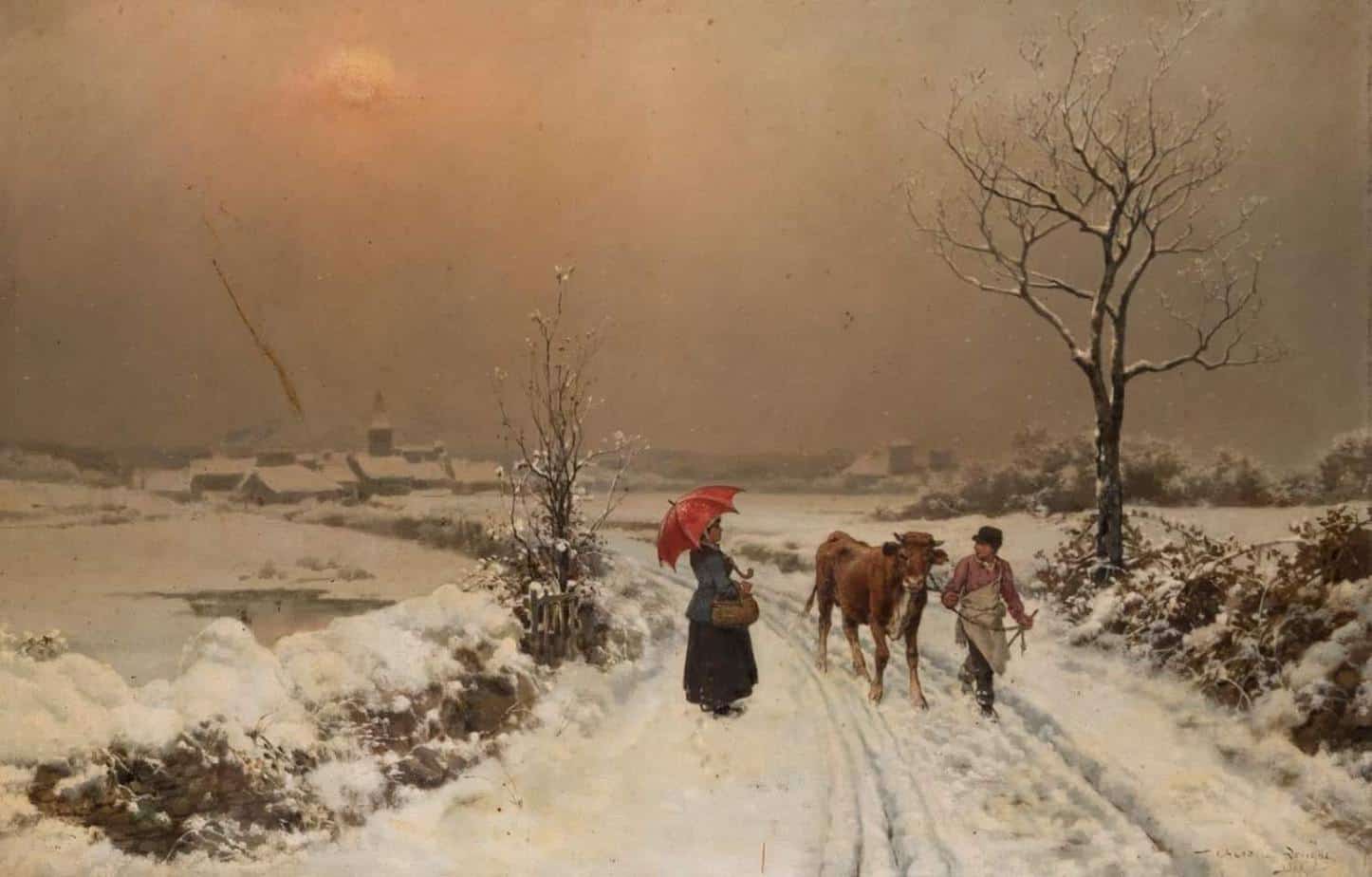
The oldest umbrellas, as we know them today, were used not to keep off the rain but to avoid the sun.